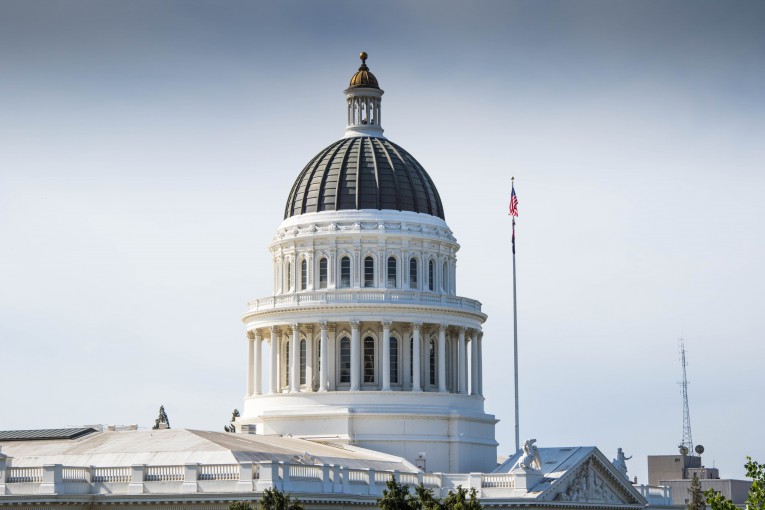

Bills support investment in key strategy in Governor’s climate change plan
(From press release) Senator Lois Wolk (D-Davis) introduced two measures today to solidify the important role that protection and restoration of natural and working lands play in meeting California’s climate change goals, and encourage investment in that area.
Wolk’s Senate Bill 1386, also known as the Natural and Working Lands Climate Solutions Act, establishes a state policy that protection and management of natural and working lands are a key strategy in meeting the state’s greenhouse gas (GHG) emission reduction goals.
“The Governor’s climate change plans recognize the key role that California’s natural and working lands have to play in reaching the state’s climate change goals. Yet projects that support that role have struggled to receive funding,” said Wolk. “SB 1386 will reinforce that investment in natural and working lands’ management is an important strategy in meeting the state’s efforts to reduce its greenhouse gas emissions. The bill will also support the many other benefits provided by these lands, which produce food and fiber, improve air and water quality, and provide wildlife habitat, flood protection, and recreational and economic opportunities.”
The bill also requires that all relevant state agencies consider this policy when revising, adopting, or establishing policies, regulations, expenditures, and grant criteria relating to the protection and management of natural and working lands.
“Governor Brown clearly identified the need to invest in the protection and restoration of California’s natural and working lands as a key strategy to meet our ambitious greenhouse gas reduction goals. We couldn’t agree more,” said Kim Delfino, California Program Director for Defenders of Wildlife, which is sponsoring SB 1386. “SB 1386 codifies this important premise and would help ensure appropriate investments in our natural and working lands. We thank Senator Wolk for her leadership.”
Natural and working lands—which include forests, farms, rangelands, farms, wetlands, parks and other open spaces—remove carbon from the air and store, or sequester, that carbon. For that reason, Governor Edmund G. Brown, Jr., prioritizes management of these lands as a key strategy in the state’s effort to meet its 2030 GHG emission reduction emissions target.
Several state bodies have established programs to undertake carbon sequestration on natural and working lands using Greenhouse Gas Reduction Fund (GGRF) dollars. However, these programs have only garnered 2.9 % of total GGRF allocations as of September 2015.
Wolk also introduced SB 1350, which will establish a Healthy Soils Program to fund projects that reduce GHG emissions from agricultural operations and increase carbon sequestration in agricultural soil. SB 1350 also appropriates $20 million in GGRF monies to set up the program, which would be operated by the California Department of Food and Agriculture.
SB 1350 is being sponsored by the California Department of Food and Agriculture.
“Climate Smart Agriculture isn’t just a concept in California – it’s something our farmers embrace and employ as they make their daily decisions in the field,” said California Agriculture Secretary Karen Ross. “These measures reinforce the agricultural community’s commitment to help the state ‘move the needle’ toward its climate change goals, and they provide specific strategies to accomplish that.”
“Agriculture is a vital part of our state’s economy already threatened by rising temperatures, limited water resources and other effects of climate change. But, as the Governor has acknowledged, agriculture can also play an important role in addressing climate change,” Wolk said. “SB 1350 provides farmers and ranchers greater access to programs and other resources to help them adapt to the state’s changing climate while reducing their greenhouse gas emission reductions and storing atmospheric carbon in the soil, providing additional environmental and health benefits.”
Both measures will be heard in committee in early April.